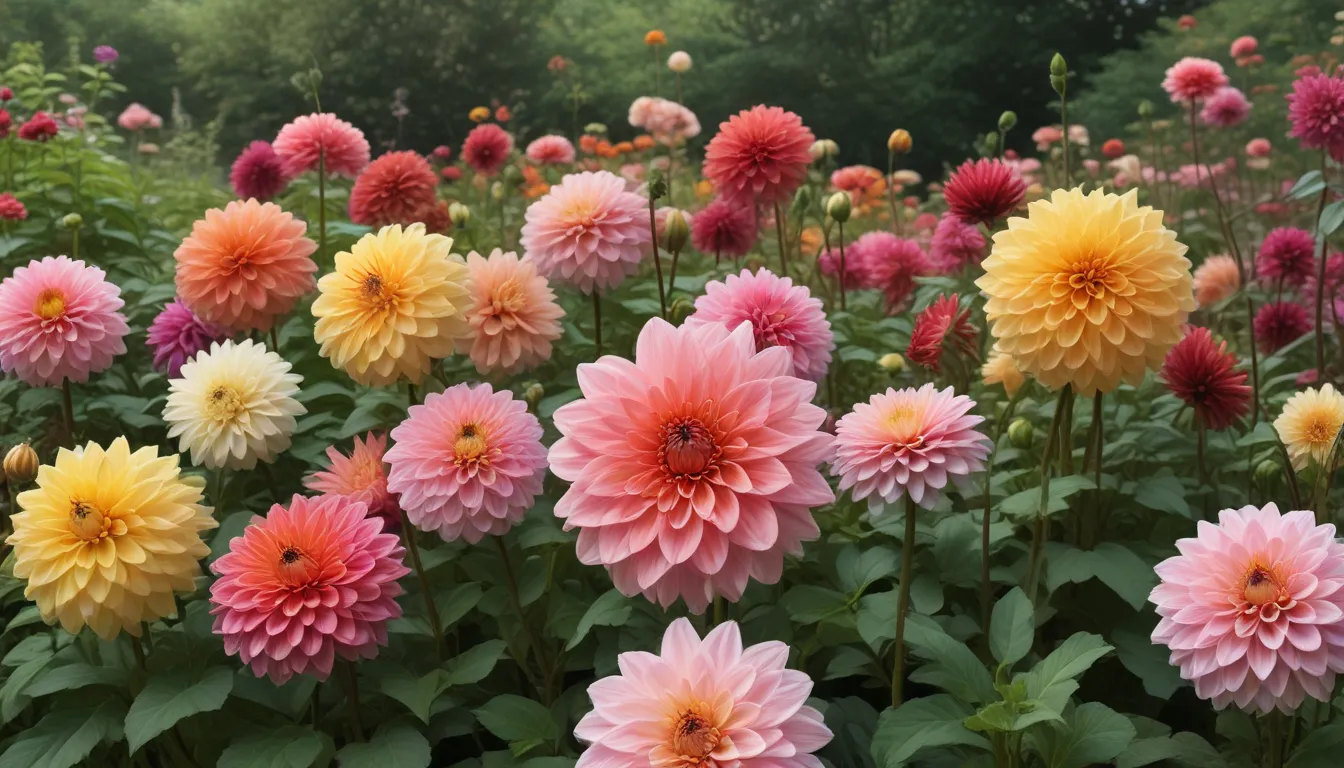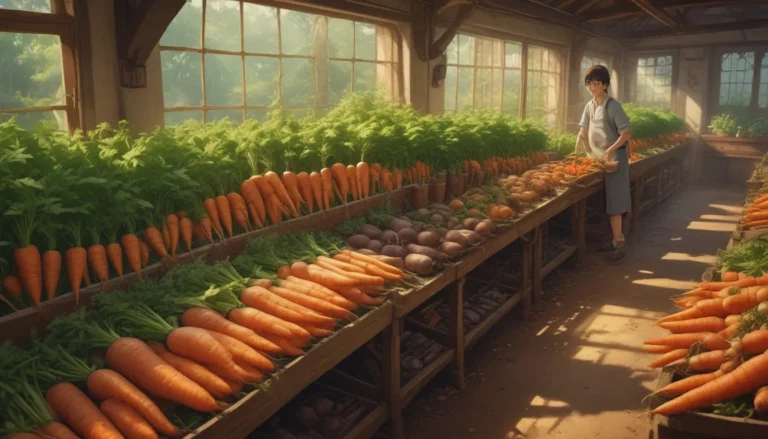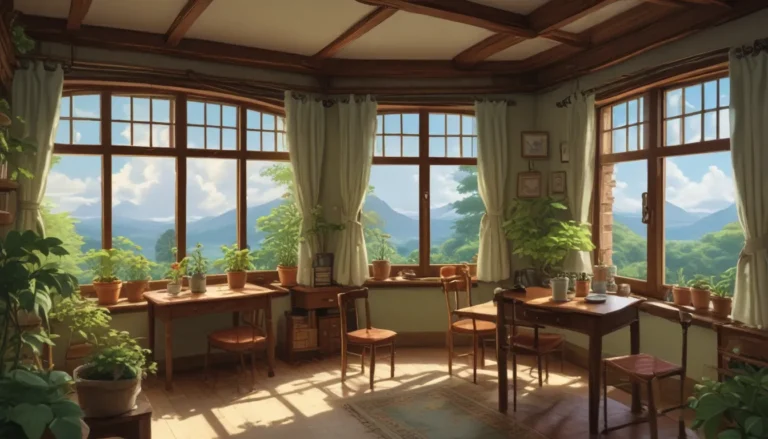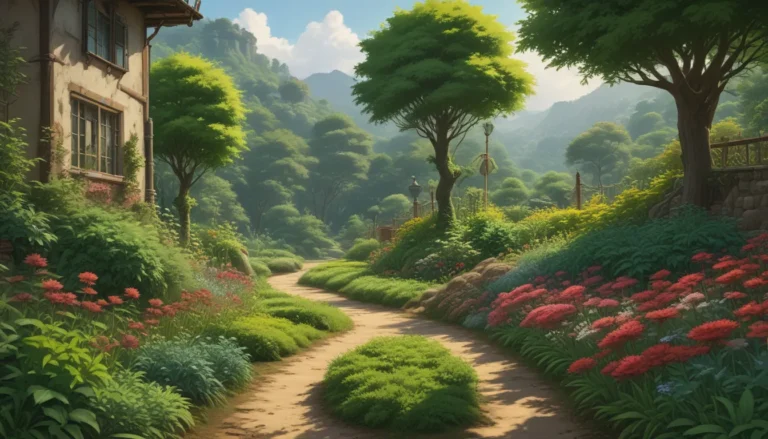Enhance Your Dahlia Displays with 19 Stunning Flowering Companion Plants

Are you looking to add some extra flair and vibrancy to your garden with flowering companion plants that perfectly complement your dahlias? Dahlias are known for their bold single or double blooms in a wide range of colors like black, orange, pink, purple, red, white, and even striking multicolor combinations. These eye-catching tuberous bulbs are perfect for adding pizzazz to your landscape.
In this comprehensive guide, we will explore 19 of the best flowering companion plants that pair beautifully with dahlias. These companion plants not only add to the visual appeal of your garden but also share similar cultural requirements, making them ideal partners for your dahlias. So, let’s delve into the world of these stunning companion plants!
The Charismatic 19 Dahlia Companions
- Agapanthus: Perennial agapanthus with clusters of lily-like flowers in blue, violet, or white shades.
- Allium: Native perennial bulbs with round flower heads and starlike blooms in various colors.
- Anise Hyssop: Blue, lavender, or purple spikes of flowers in full-sun locations.
- Aster: Late summer to fall blooming plants with daisy-like blossoms in blue, pink, purple, and white.
- Bee Balm: Rich red, pink, or purple hues that play well with dahlias’ vivid tones.
- Black-Eyed Susan: Native perennials with golden, orange, or red petals for summer color.
- Blazing Star: Striking flower spikes in pinkish-purple hues that light up sunny gardens.
- Common Switchgrass: Native ornamental grass with a pinkish haze and columnar form.
- Coneflower: Daisy-like petals in orange, purple, red, or white shades for full sun to partial shade.
- Cosmos: Delicate petals in a broad spectrum of colors for a summer sensation in full sun.
- Crocosmia: Summer-blooming plants with orange-red blossoms atop arching racemes.
- Floss Flower: Lavender-blue, pink, red, or white blooms for textural contrast.
- Lantana: Clustered multicolor blooms for a vibrant summer display in full sun to part shade.
- Pelargonium: Robust cottage garden companions with blossoms in various shades.
- Rosemary: Spikes of tiny blue, lavender, pink, or white blossoms amid silvery-green foliage.
- Snapdragon: Upright spikes of rainbow-colored blossoms for a cottage garden staple.
- Sneezeweed: Bright yellow, orange, or red blooms for late summer through fall landscapes.
- Turtlehead: Pink, purple, and white blossom spikes resembling snapdragons.
- Zinnia: Colorful annuals in a broad spectrum of shades for beds, borders, and cutting gardens.
These flowering companions not only enhance the visual appeal of your dahlia displays but also create a harmonious relationship between plants in your garden, making it a lively and colorful space to enjoy.
Tips for Pairing Dahlia with Companion Plants
When selecting companion plants for your dahlias, consider these tips to create a beautiful and well-balanced garden:
- Experiment with plant groupings at the nursery to see what excites you.
- Arrange plants in odd numbers for visual appeal.
- Alternate flower species to create pleasing rhythms and balance.
- Pair colors to create contrast or complement each other.
- Use white as a palette cleanser or create a monochromatic garden for a cohesive look.
With a wide range of dahlia companion plants to choose from, the possibilities are endless. Give your imagination free reign and create stunning combinations that will make your garden a true work of art.
And don’t forget to install an irrigation system to make watering your dahlias and their companion plants simple and efficient. It’s a one-size-fits-all solution that will keep your garden looking its best.
Do you have a favorite combination of dahlias and companion plants in your garden? We’d love to hear about your experiences in the comments below.
If you enjoyed learning about dahlia companion plants, check out our other guides on dahlia flower types, winter storage tips, pest control, and propagation methods for a comprehensive understanding of these beautiful blooms.





